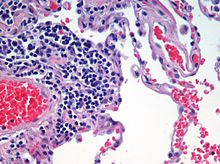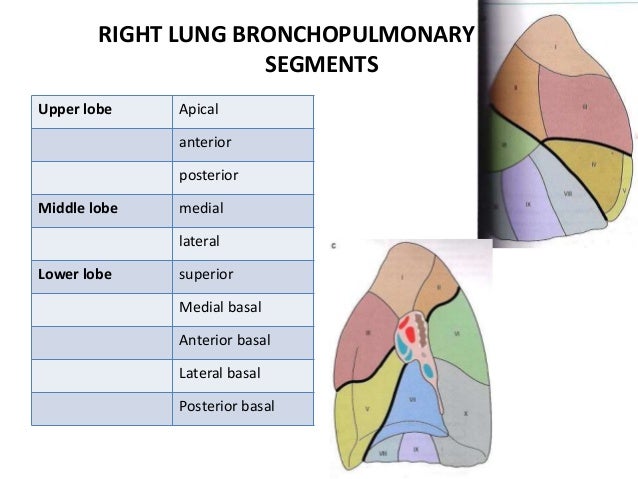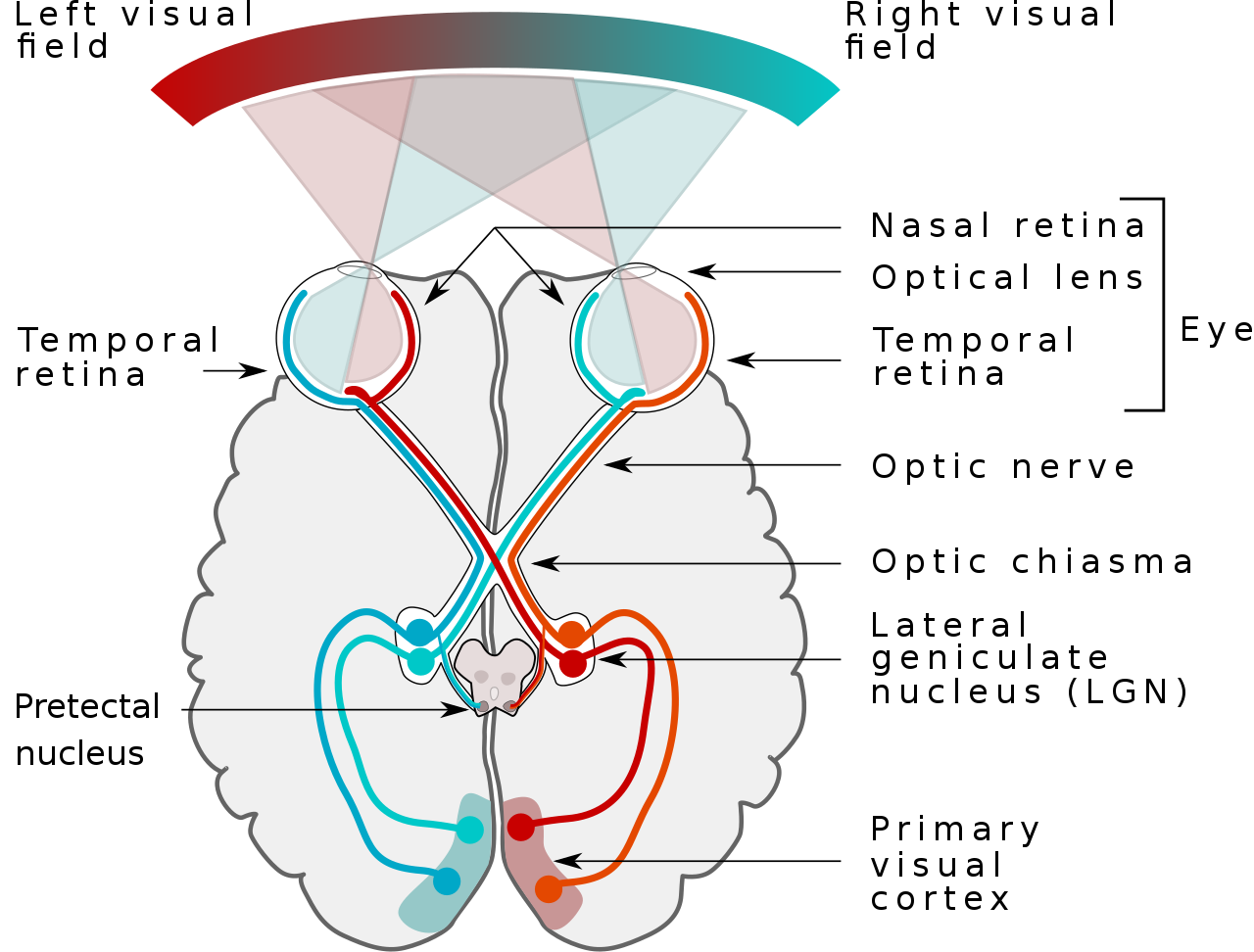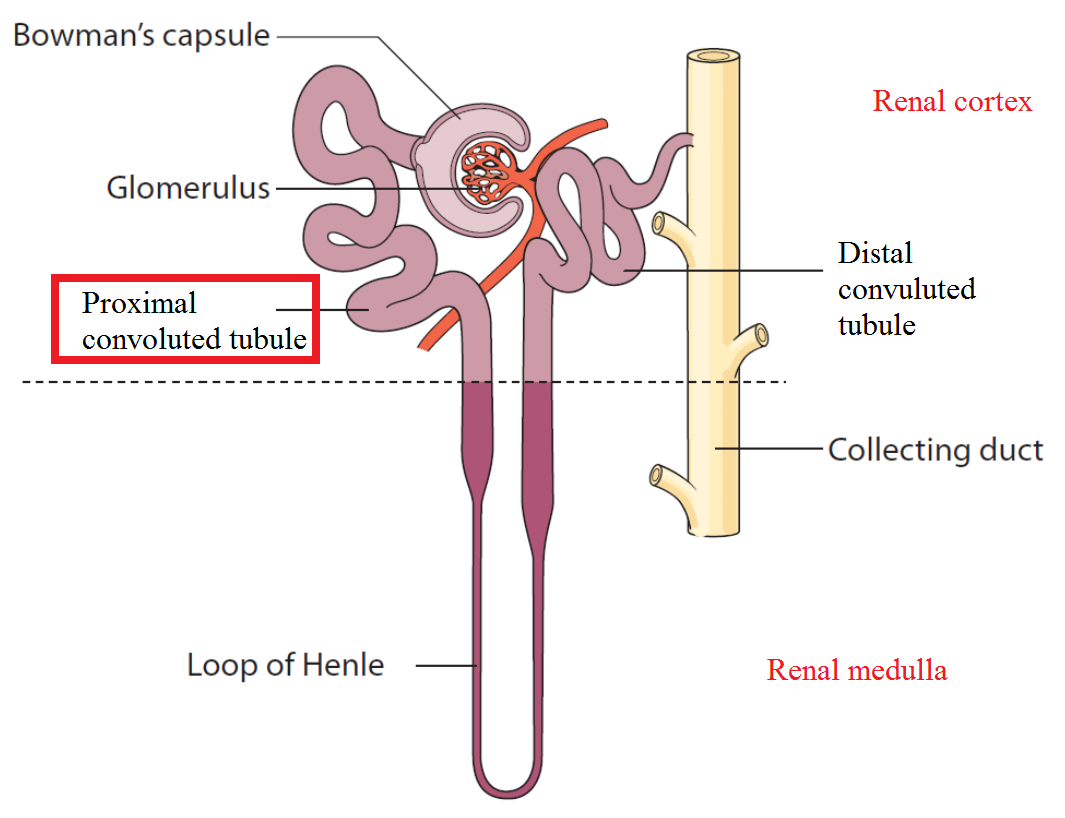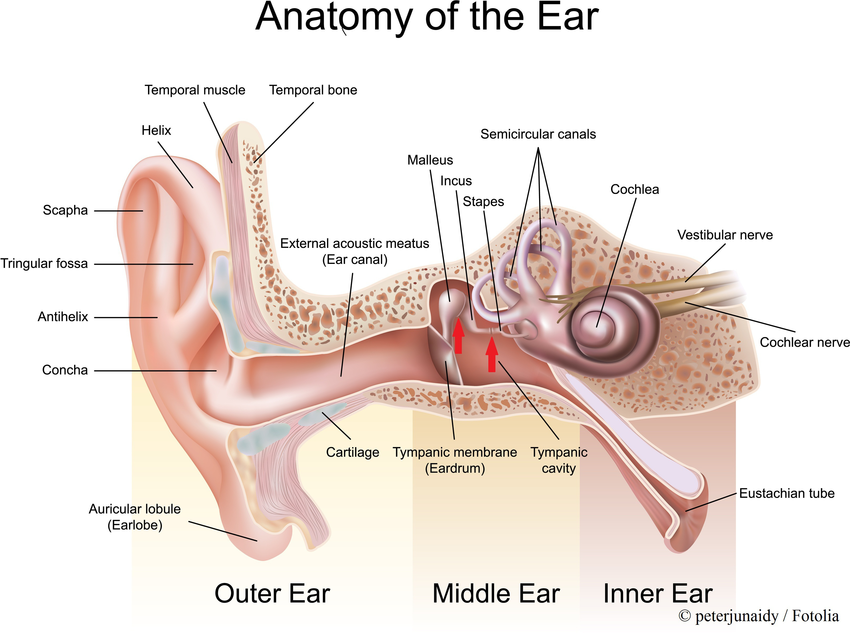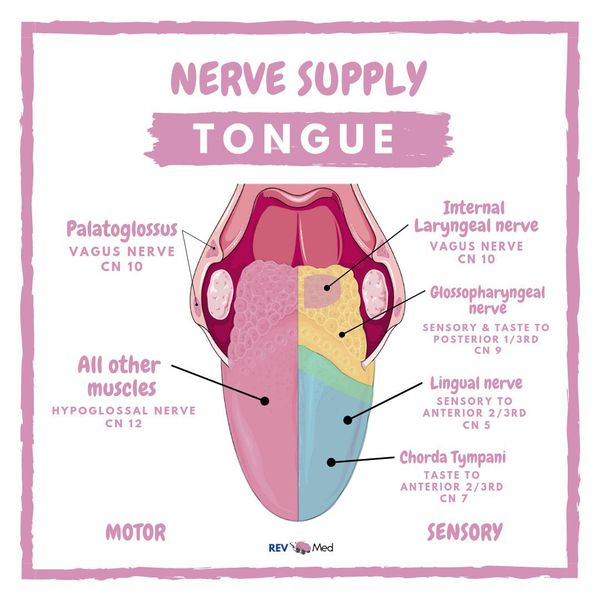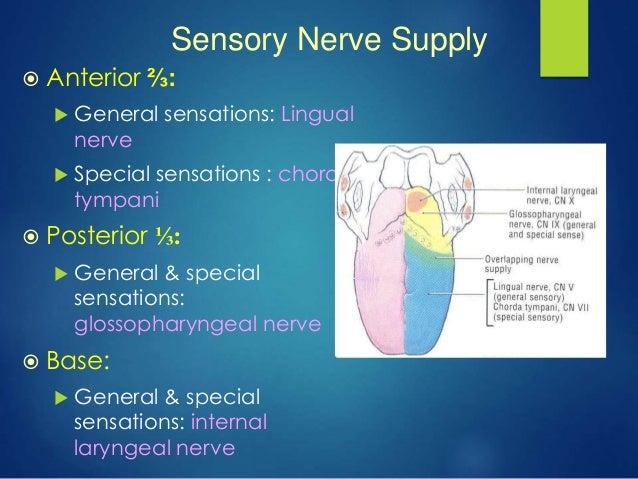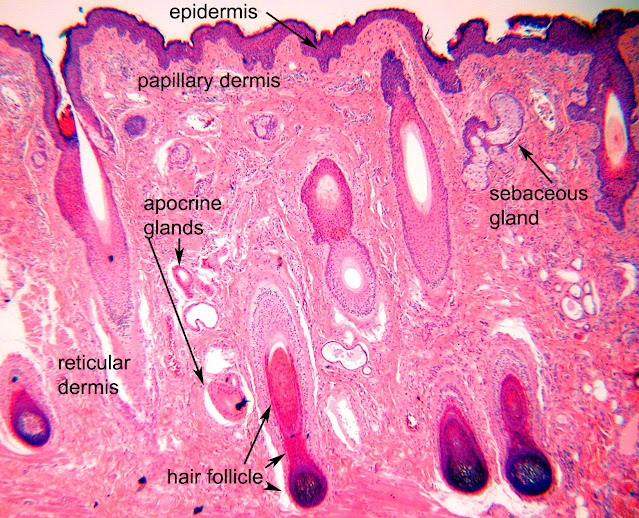- The lungs occupying major portion of the thoracic cavity , leave little space for the heart ,which excavates more of the left lung .
- The two lungs hold the heart tight between them, providing it the protection it rightly deserves.
- There are each bronchopulmonary segments in each lung.
- The lung are a pair of respiratory organs situated in the thoracic cavity.
- Each lung invaginates the corresponding pleural cavity.
- The right and left lung is separated by the mediastinum.
- Lungs are spongy in the texture .
- In the young's the lungs are brown or grey in colour.
- Gradually , they become mottled black because of the deposition of inhaled carbon particles.

- The right lung weight about 700 g .
- It is about 50 to 100 g heaver than the left lung.
- An apex at upper end .
- A base resting on the diaphragm.
- Three borders, i.e. anterior, posterior , and inferior.
- Two surfaces i.e. costal and medial. The medial surface is divided into vertebral and mediastinal parts.
- Anterior border : The anterior border is very thin . It is short than the posterior border. On the right side, it is vertical and corresponds to the anterior or costomediastinal line of pleural reflection. The anterior border of the left lung shows a wide cardiacnotch below the level of the fourth costal cartilage.
- Posterior : The posterior border is thick and ill defined. it corresponds to the medial margins of the heads of the ribs. it extends from the level of the seventh cervical spine to the tenth thoracic spine.
- Inferior Border : The inferio border separates the base form the costal and medial surfaces.
- Costal surface : The costal surface is large and convex . It is in contact with the costal pleura and the overlying thoracic wall .
- Medial surface : The medial surface is divided into a posterior or vertebral part, and an anterior or mediastinal part.
- The right lung is divided into 3 lobes ( upper , middle, lower ). By two fissures , Oblique and horizontal. The left lung is divided into two lobes by the oblique fissure.
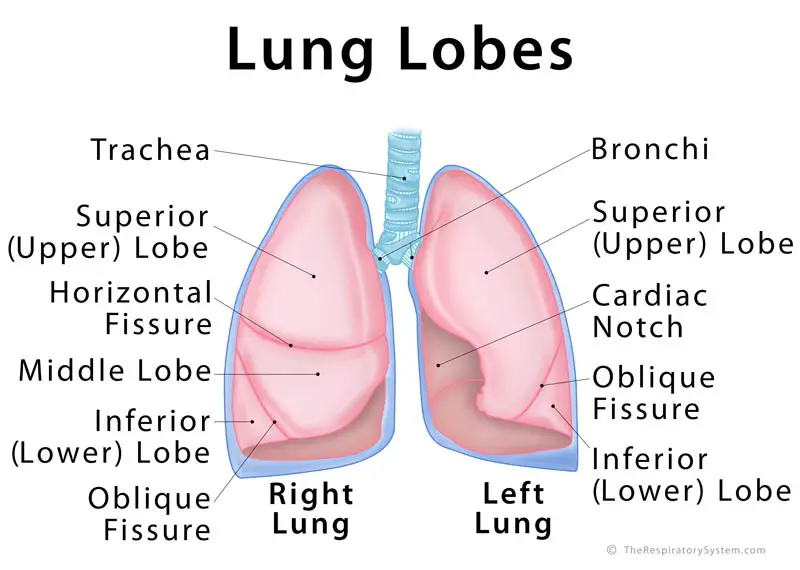
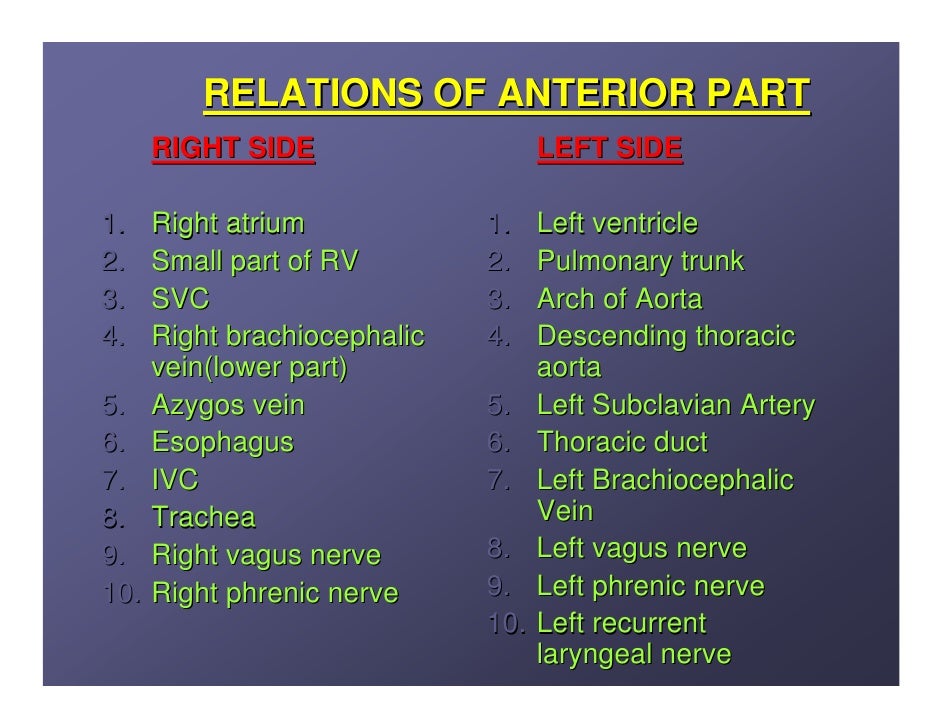
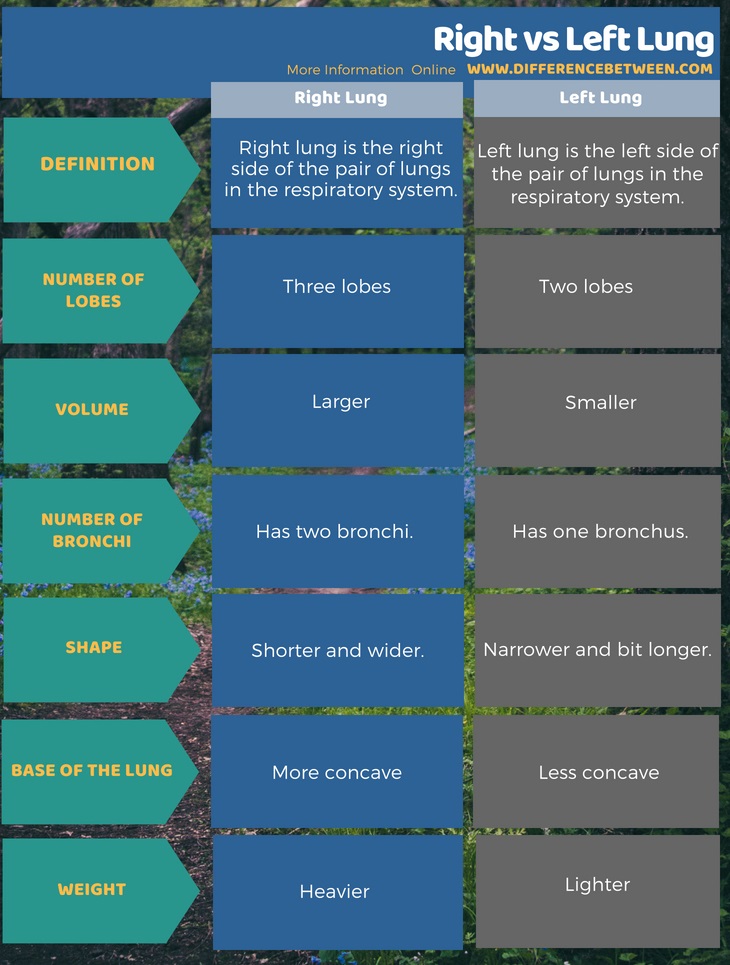 |
| Difference Between Right and Left Lung |
Clinical significance
- Lungs can be affected by a variety of diseases. Pulmonology is the medical speciality that deals with diseases involving the respiratory tract, and cardiothoracic surgery is the surgical field that deals with surgery of the lungs.
Inflammation :
Inflammatory conditions of the lung tissue are pneumonia, of the respiratory tract are bronchitis and bronchiolitis, and of the pleurae surrounding the lungs pleurisy.
Obstructive lung diseases :
Asthma, chronic bronchitis, bronchiectasis and chronic obstructive pulmonary disease (COPD) are all obstructive lung diseases characterised by airway obstruction. This limits the amount of air that is able to enter alveoli because of constriction of the bronchial tree, due to inflammation.
Cancers :
Lung cancer can either arise directly from lung tissue or as a result of metastasis from another part of the body. There are two main types of primary tumour described as either small-cell or non-small-cell lung carcinomas.
Other :
A pneumothorax (collapsed lung) is an abnormal collection of air in the pleural space that causes an uncoupling of the lung from the chest wall.



